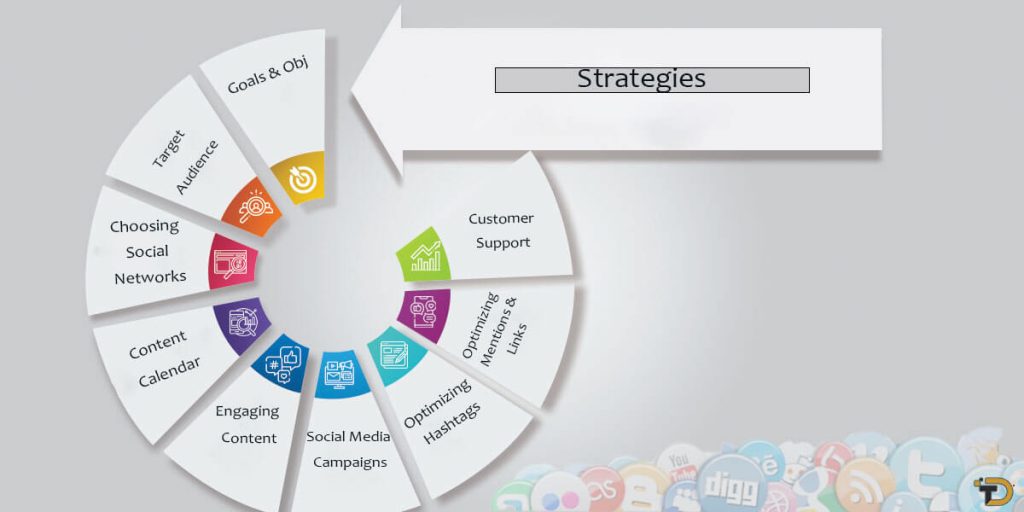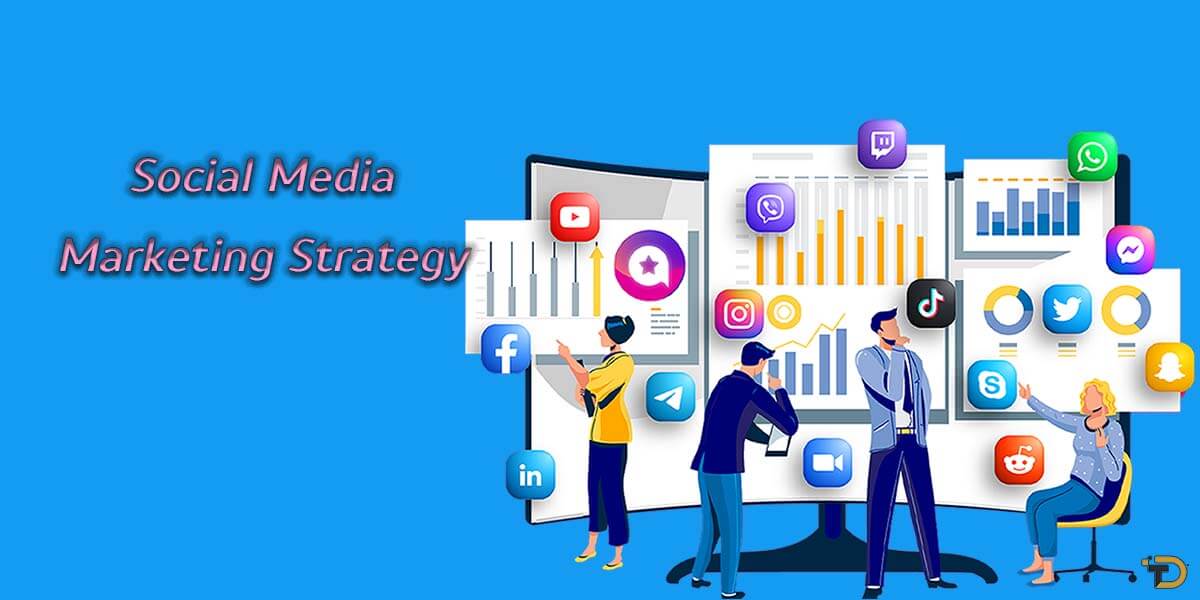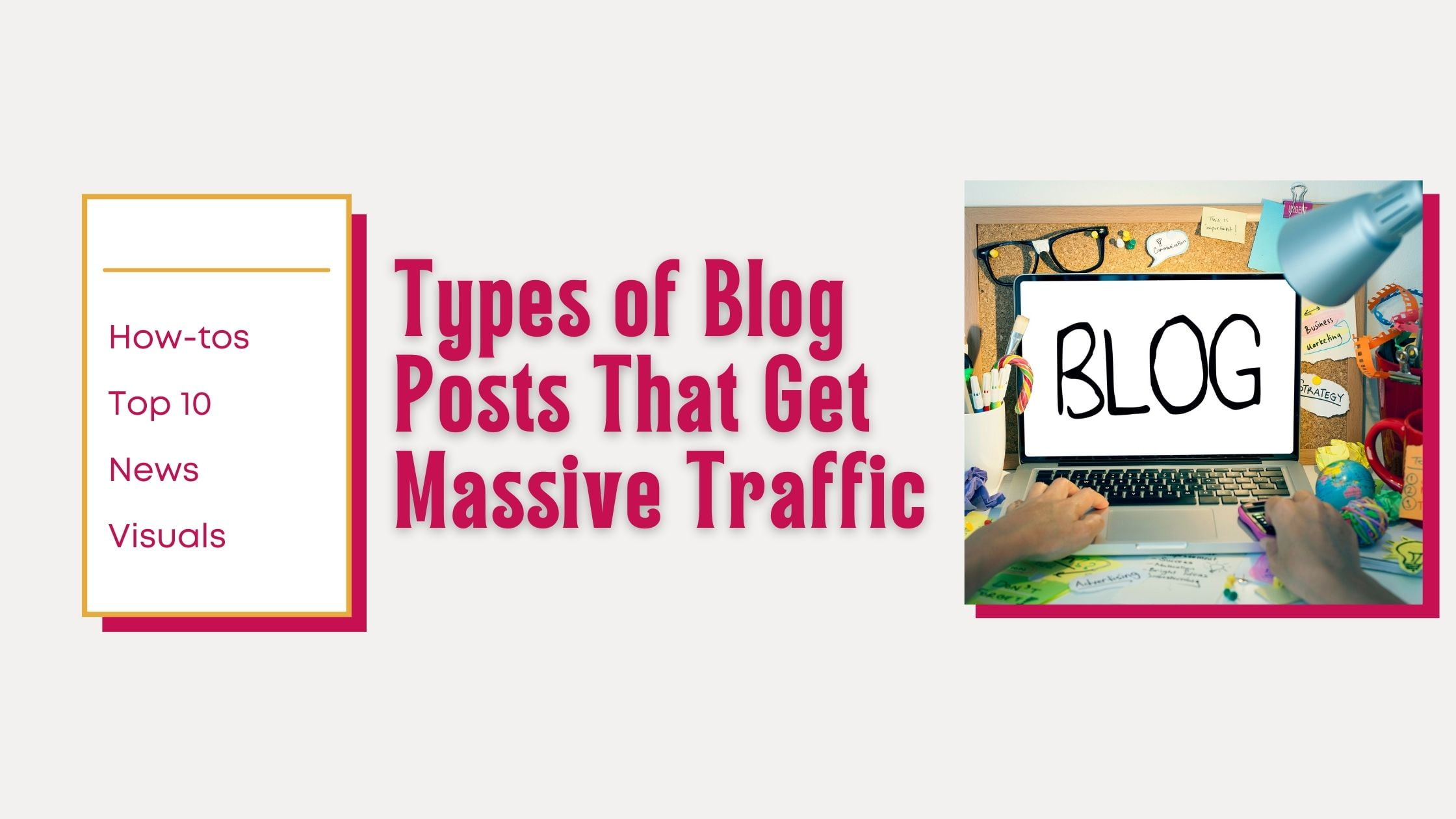Social Media Marketing Strategy For Business Growth
Social media has revolutionized how businesses connect with customers and promote their brands. With over 4.62 billion active users across major social platforms, it effectively allows companies of all sizes to reach a large target audience. However, crafting an impactful social media marketing strategy requires careful planning and execution.
Defining Goals and Objectives
The first step is clearly outlining your business goals and how you want social media to support them. Be as specific as possible when defining objectives. Some common goals may include:
- Drive website traffic
- Increase brand awareness
- Generate leads
- Boost sales
- Improve customer support
- Enhance SEO
Ensure your goals are relevant to the business, realistic to achieve within a set timeframe, and have measurable metrics to track performance. Express them using specific, quantifiable language like numbers or percentages wherever possible for effective monitoring.
Researching Target Audience
Understanding your target audience is crucial for crafting a successful social strategy. Conduct thorough research to map out the key demographics of your ideal customer:
Age: What age groups are most active on which platforms?
Gender: What is the ratio of male and female users interested in your products/services?
Location: Where do most of your potential customers reside – certain cities or countries?
Interests: What hobbies or topics do they engage with regularly across social networks?
Pain points: What problems are they trying to solve that your offering can address?
Platform preference: Where does your audience spend most of their online time?
Use tools like Google Trends, Facebook Audience Insights or survey forms to gather these insights. Also, it analyzes competitors’ followers for patterns. The research will guide your content personalization and platform selection decisions later.
Choosing Social Networks
Only some networks are suitable for some businesses. Based on your research, evaluate which ones your target users are highly active. Consider these top social platforms:
Facebook: With over 2.96 billion monthly active users, it remains a broad-reaching powerhouse. Excellent for customer support, too.
Instagram: Visual-first platform ideal for showcasing products/services through high-quality images and videos.
LinkedIn: Professional networking site focused on B2B, with news/article sharing and employer branding possibilities.
Twitter: Best for real-time discussions, news/updates, building authority and engaging influencers/journalists.
YouTube: Largest online video platform. Helpful for product demos, tutorials and brand storytelling through long-form videos.
Pinterest: Visual discovery platform popular for retail and home/kitchen products with easy repinning ability.
Start with 2-3 significant networks aligned to your business and audience. Gradually test others as you analyze engagement metrics to find the most effective ones.
Creating a Content Calendar

Developing a content calendar ensures you publish relevant, consistent posts over time to keep your audience engaged. It also helps allocate tasks to your social media team.
When creating the calendar:
- Decide a posting frequency best suited for each network – e.g. 2-3 times daily on Instagram, 2-3 times weekly on LinkedIn.
- Plan at least three months of content categorized by themes/topics.
- Include details of each planned post – topic, type of content, hashtags, team member creating it, deadline, etc.
- Incorporate a mix of different content types – images, videos, blogs, infographics, stories, live videos etc. as per platform.
- Schedule posts in advance using tools like Google Calendar, Asana or CoSchedule.
- Build buffers to stay on track if someone is unavailable occasionally.
- Review and refine the calendar quarterly based on engagement analytics.
Sticking to a content plan keeps your feeds fresh and organized for visitors. It also makes social media management more efficient.
Creating Engaging Content
Regularly posting great visual and text-based content is crucial to attracting and retaining followers. Here are some content strategies:
- Educational/how-to tutorials explaining product features or industry topics.
- Case studies and success stories of real customers.
- Quizzes, contests and questions to generate interaction.
- Curated industry news and trends in your niche.
- Behind-the-scenes videos and photographs from events.
- Infographics simplify complex data in a visual format.
- Customer testimonial videos or written reviews.
- Tips, quotes and motivational graphics with your brand messaging.
- Live videos answering questions or demonstrating products.
- Exclusive discounts, offers or giveaways for social followers.
- Repurpose your best blog articles and e-books in image/graphic formats.
- Holiday greetings and seasonal images relevant to your industry.
Use a variety of formats, keep it conversational and solve people’s problems to boost engagement rates over time. Continually optimize visuals for every platform.
Running Social Media Campaigns
Campaigns are focused efforts to promote specific business goals within a set timeframe. Some effective campaign types include:
Promoted/boosted posts: Boost relevant posts on platforms like Facebook, Instagram, Twitter, and LinkedIn by allocating a budget to target interested audiences to increase reach.
Contests and giveaways: Encourage participation by asking users to complete tasks like tagging friends and using hashtags for a chance to win prizes.
Discounts and deals: Promote limited periods or exclusive discount codes and offers to social followers to boost sales.
Lead generation: Run opt-in campaigns asking users to share their email IDs or other details in exchange for valuable content/incentives.
Awareness campaigns: Highlight new product launches, service announcements or seasonal offers to more audiences.
Customer referral: Incentivize existing customers to invite their friends and acquaintances.
Influencer campaigns: Partner with popular influencers or industry leaders to promote your brand to their engaged followers.
Geotargeting: Target ads to people within a specific location or radius for local awareness.
Analyze results to determine high-performing campaign types for future promotions.
Optimizing Hashtags, Mentions and Links
Hashtags, mentions, and links effectively categorize your content and reach new potential customers on social platforms. Here are some best practices:
- Research top hashtags related to your industry and location to join relevant conversations.
- Use a good mix of broad and niche hashtags per platform character limits in every post.
- Mention influencers, media houses, collaborators and competitors judiciously in posts and comments.
- Include relevant branded hashtags you want to be identified with, like #YourBrandName.
- Link posts to your website, blog, social profiles, and landing pages for calls-to-action.
- Hyperlink mentions other businesses for potential partnerships.
- Use URL shorteners like Bitly to track the click-through rates of different links.
- Share others’ high-quality posts and always credit original creators to build relations.
Using such social signals helps expand your reach in search results and suggested feeds. It also aids discovery through relevant discussions.
Managing Customer Support
Social media provides a direct channel for customers to ask questions, report issues and give feedback. It’s essential to have a plan for monitoring and responding to queries promptly. Some best practices include:
- Designate customer support team members and their roles in handling social networks.
- Use social listening tools to get alerts for all brand mentions and respond within one hour as a service standard.
- Have a comments policy to address negativity in a polite, solution-oriented manner.
- Track response metrics like average response time and resolution rate for continuous improvement.
- To encourage more, thank customers for positive reviews and feedback publicly.
- Address frequently asked questions through dedicated posts and save them in a knowledge base.
Direct dissatisfied customers to appropriate support channels for privacy in resolving concerns.
Providing superior social support builds trust and shows your brand cares about customer satisfaction. It also prevents the spread of any negative sentiments.
Raeda More: 10 Great Benefits of Influencer Marketing for your Business
Conclusion
In conclusion, crafting a comprehensive social media strategy requires thorough planning, testing and optimization. By clearly outlining goals, deeply understanding your audience, choosing suitable platforms, developing engaging content, running impactful campaigns, monitoring results and continuously refining tactics, you can successfully leverage social networks to meet your business objectives. Social media presents a powerful opportunity to connect with customers, promote your brand and boost leads and sales. With the right approach outlined in this guide, any company can reap its rewards by developing a robust long-term social plan.





